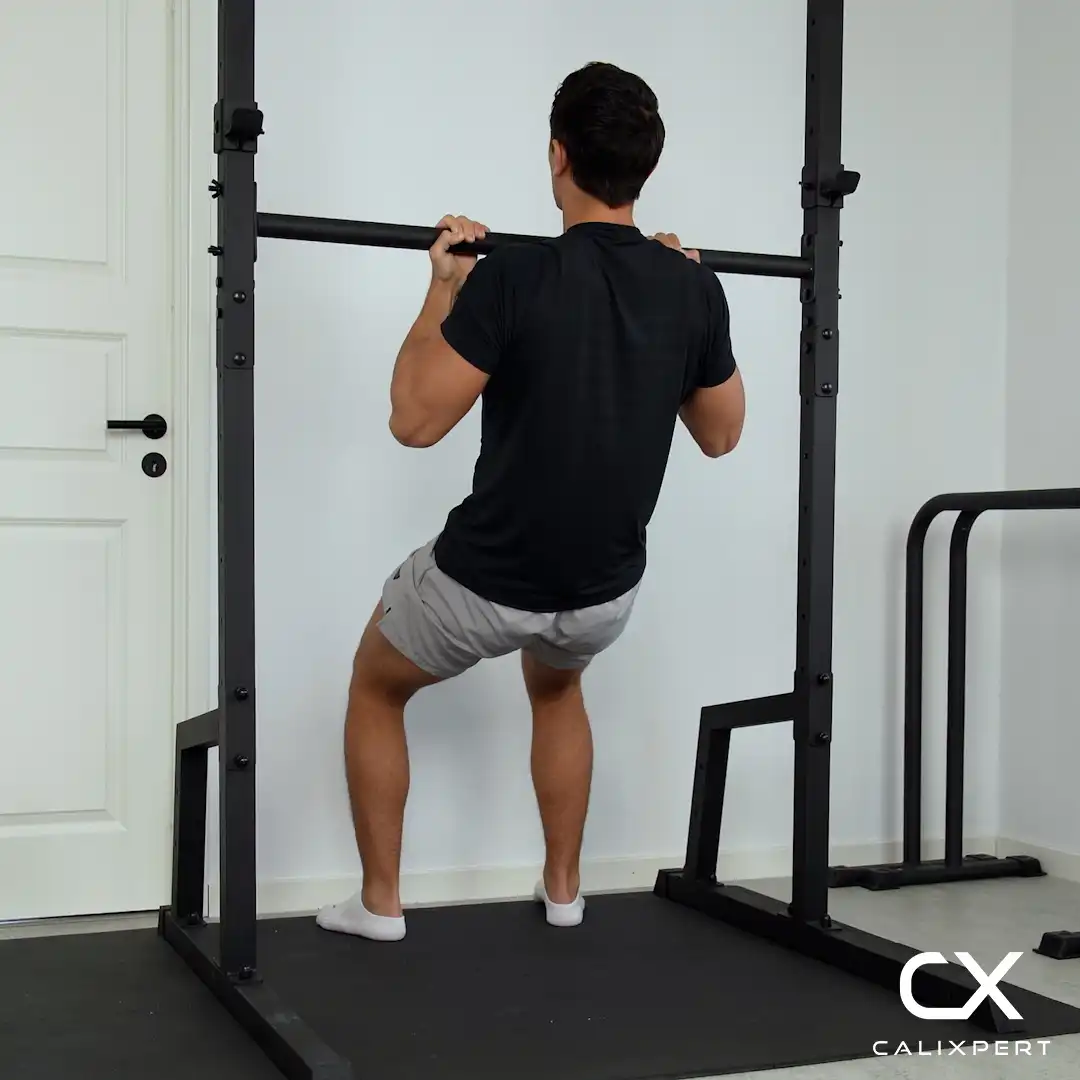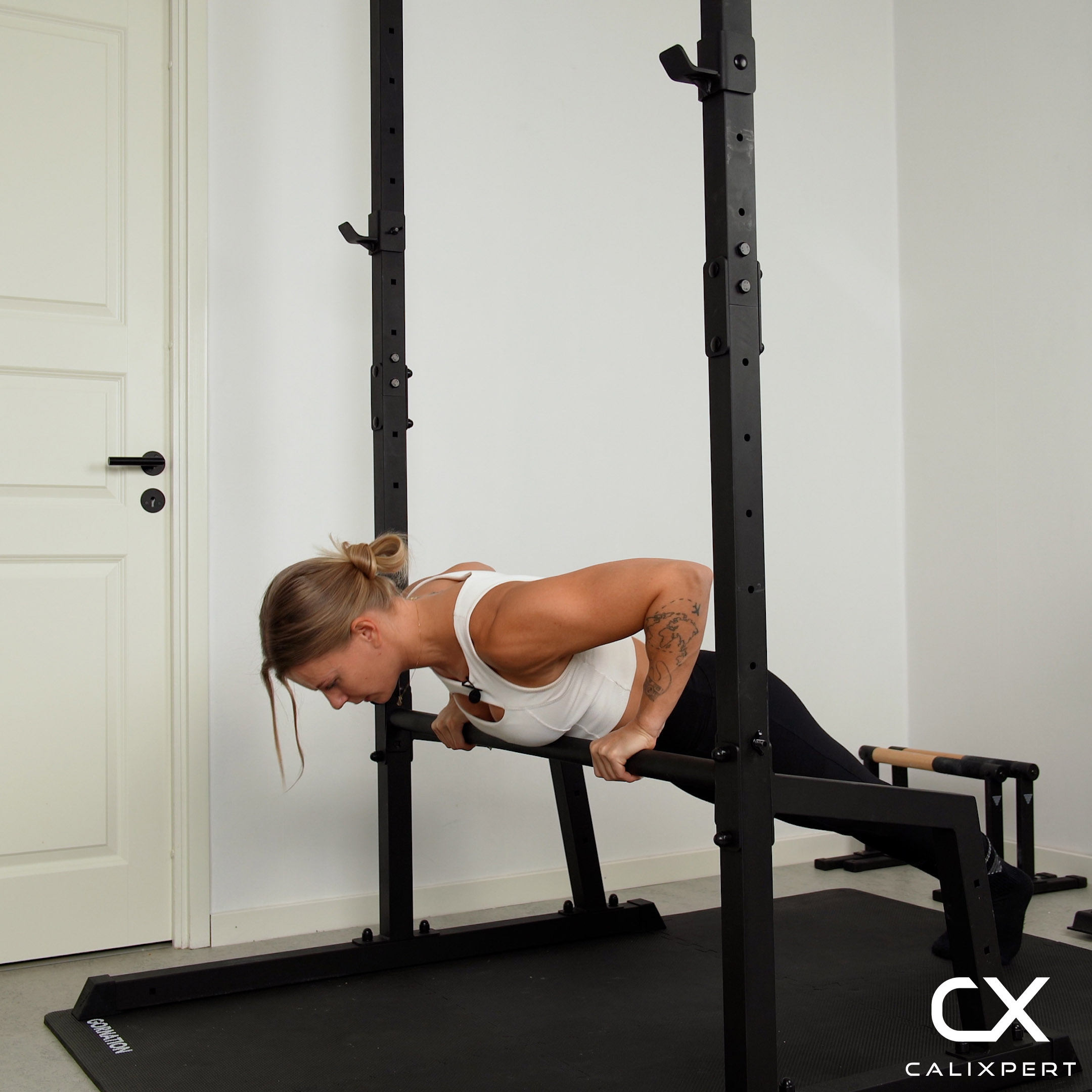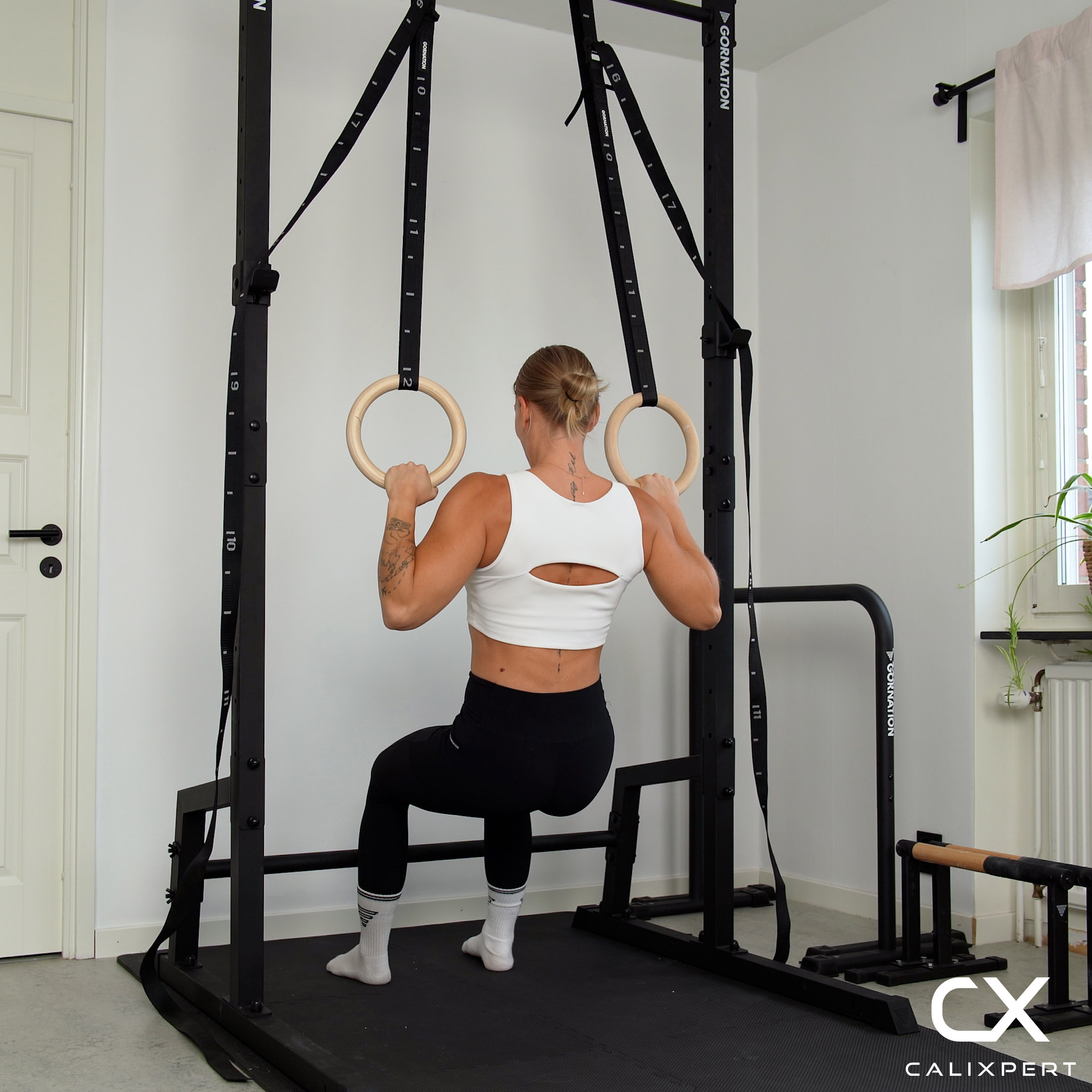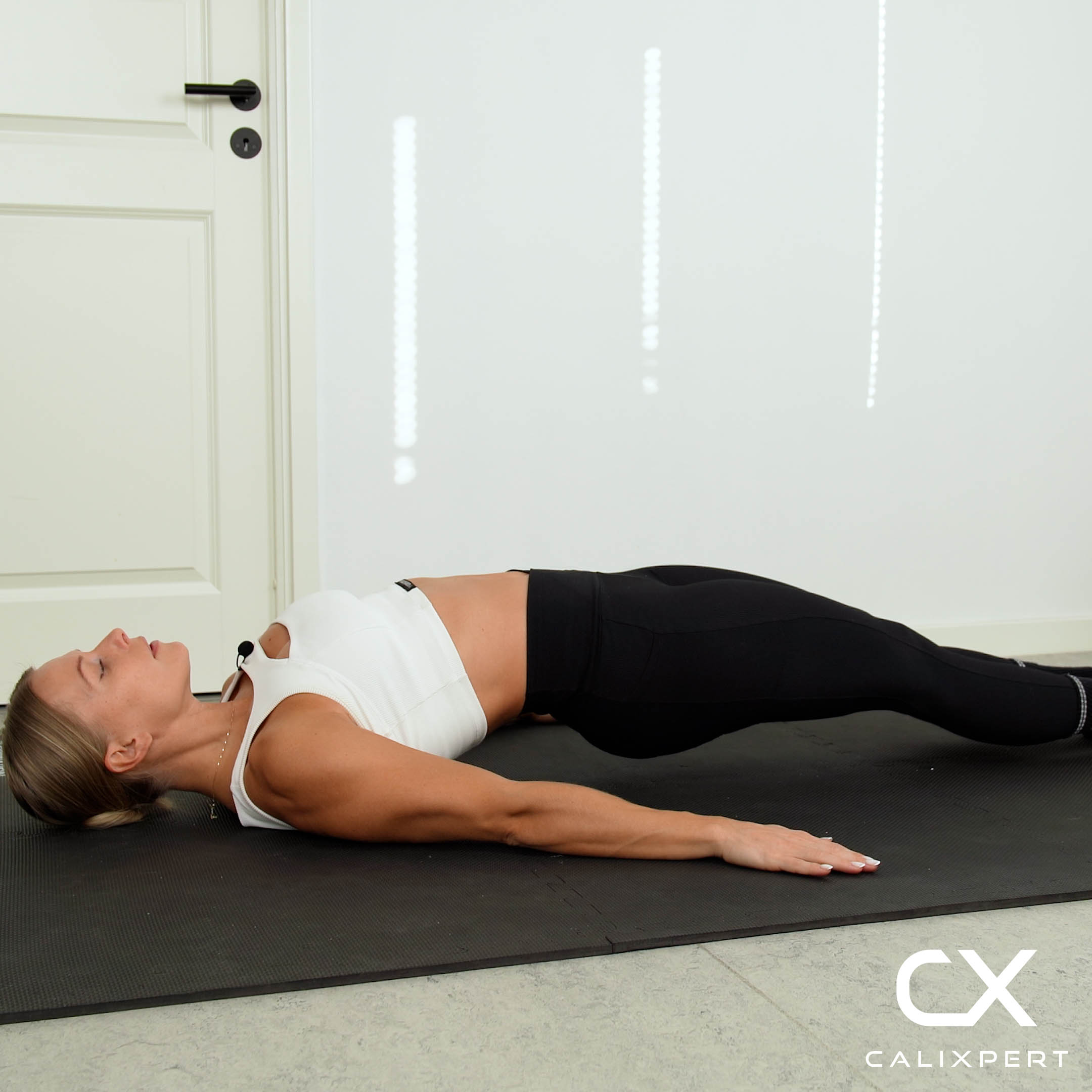Shoulder Circuit
How to Do Shoulder Circuit
A shoulder circuit is a series of exercises designed to target all the major muscles in the shoulder area. It typically includes a combination of movements that work the deltoids, traps, and rotator cuff, ensuring balanced development and strength. Proper form and execution are crucial to avoid injury and maximize effectiveness.
Step By Step Guide to Properly Execute Shoulder Circuit
- Starting Position
- Begin by selecting a set of light to moderate dumbbells. Stand with your feet shoulder-width apart, knees slightly bent, and core engaged. Hold the dumbbells at your sides with a neutral grip.
- Execution
- Perform a series of exercises such as shoulder presses, lateral raises, front raises, and bent-over reverse flyes. Focus on controlled movements, keeping your elbows slightly bent during raises and maintaining a straight back during presses.
- Top Position
- At the peak of each movement, pause briefly to ensure muscle engagement. For presses, your arms should be fully extended but not locked. For raises, your arms should be parallel to the floor.
- Lowering Phase
- Slowly return to the starting position with control, avoiding any swinging or jerking motions. This helps maintain tension on the muscles and reduces the risk of injury.
Benefits of Shoulder Circuit
- Improves shoulder strength and stability.
- Targets multiple muscle groups, including deltoids, traps, and rotator cuff.
- Enhances shoulder mobility and flexibility.
- Promotes balanced muscle development and reduces the risk of injury.
Common Mistakes to Avoid
- Using too much weight, which can compromise form and increase injury risk.
- Allowing momentum to control the movement instead of muscle engagement.
- Neglecting to engage the core, leading to poor posture and potential back strain.
- Rushing through the exercises without proper control and focus.
Follow these steps and tips to master the Shoulder Circuit with proper form and efficiency.
FAQ About Shoulder Circuit
That circuit is great for shoulder endurance, mobility, and posture, but it won’t build serious strength on its own. It mainly targets the rear delts, traps, and rotator cuff, helping with scapular control and injury prevention. To build stronger shoulders, pair this with pressing movements like pike push-ups, dips, or handstand work to add resistance and overload.
You should do a shoulder circuit workout about 2 to 3 times a week. This gives your muscles time to get stronger and rest in between. Remember, rest is just as important as exercise because it helps your muscles grow!
The shoulder circuit, you only need a mat or soft surface for comfort. If you want extra resistance, you can use light weights or wrist weights, but it's optional. This workout is great for shoulder endurance, mobility, and posture, but for real strength gains, combine it with pressing moves like pike push-ups or dips.
For endurance and mobility, aim for 3-5 rounds with controlled reps and holds. For strength, include tougher moves like pike push-ups or handstand holds, keeping rest short (30-60 sec). Focus on form and control rather than just burning out—quality reps lead to real progress.








.webp)





































.webp)





















































